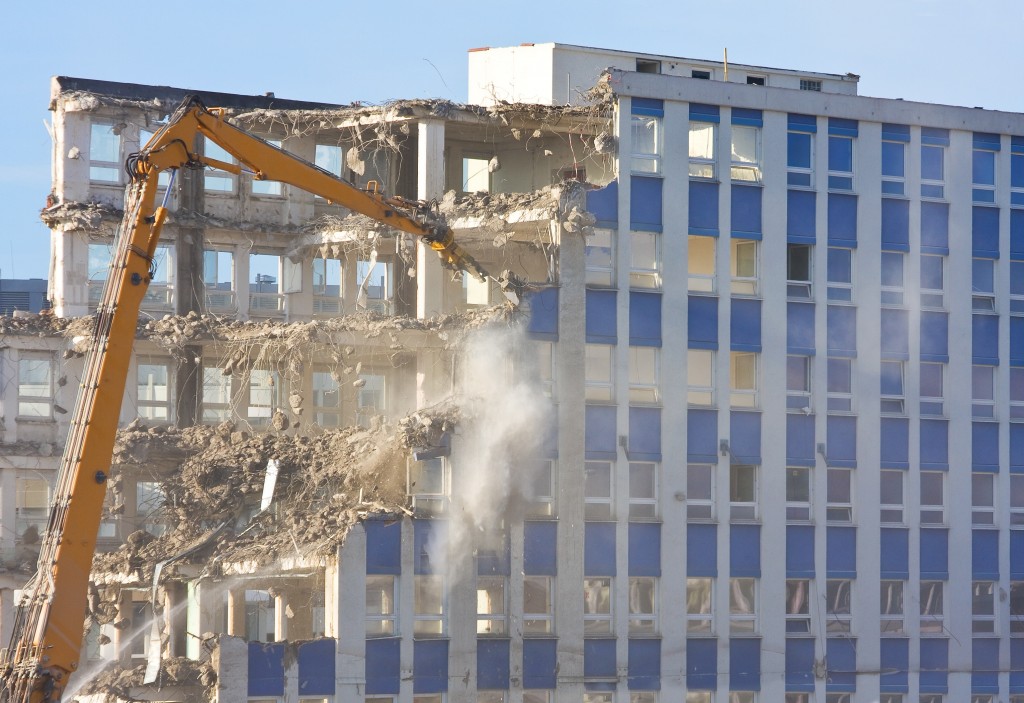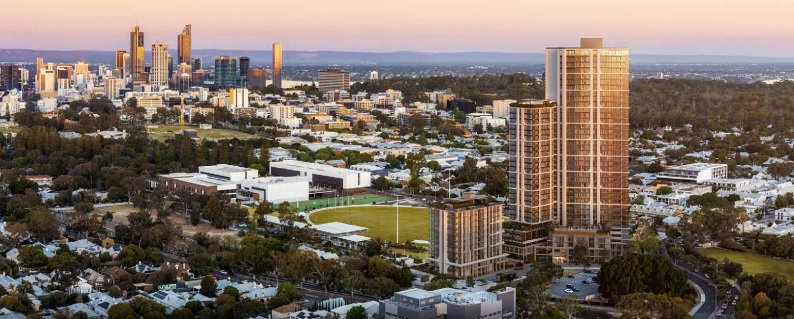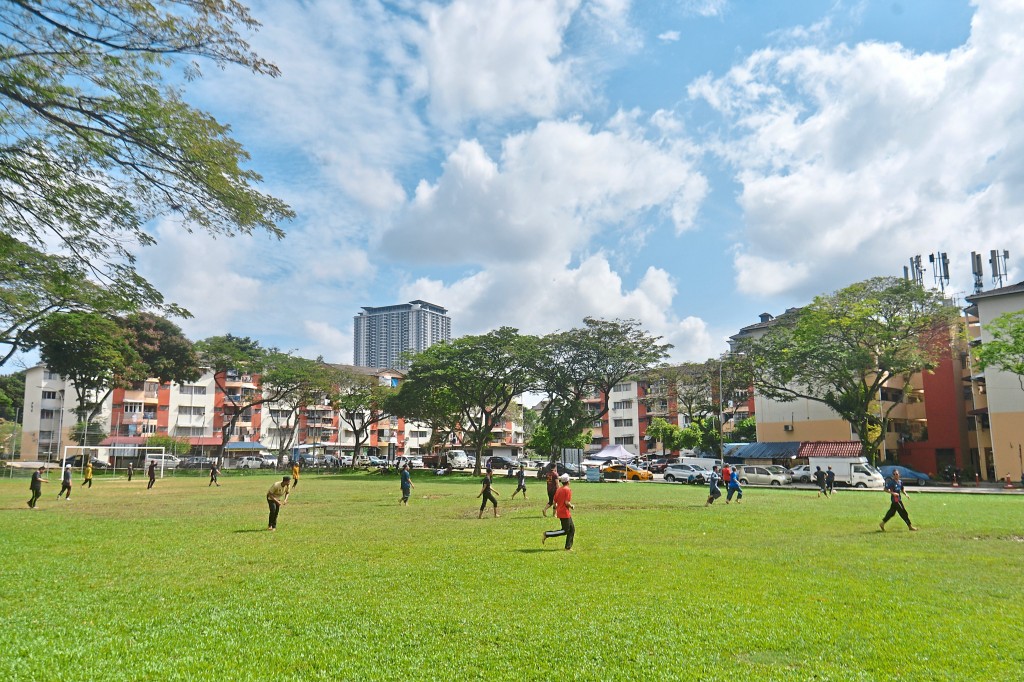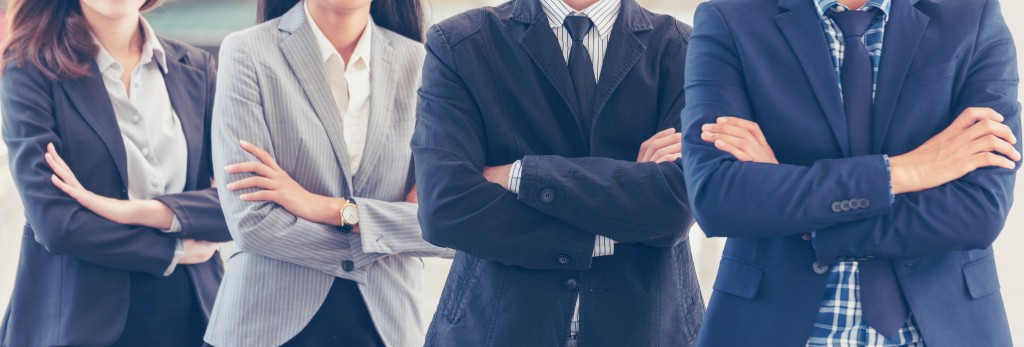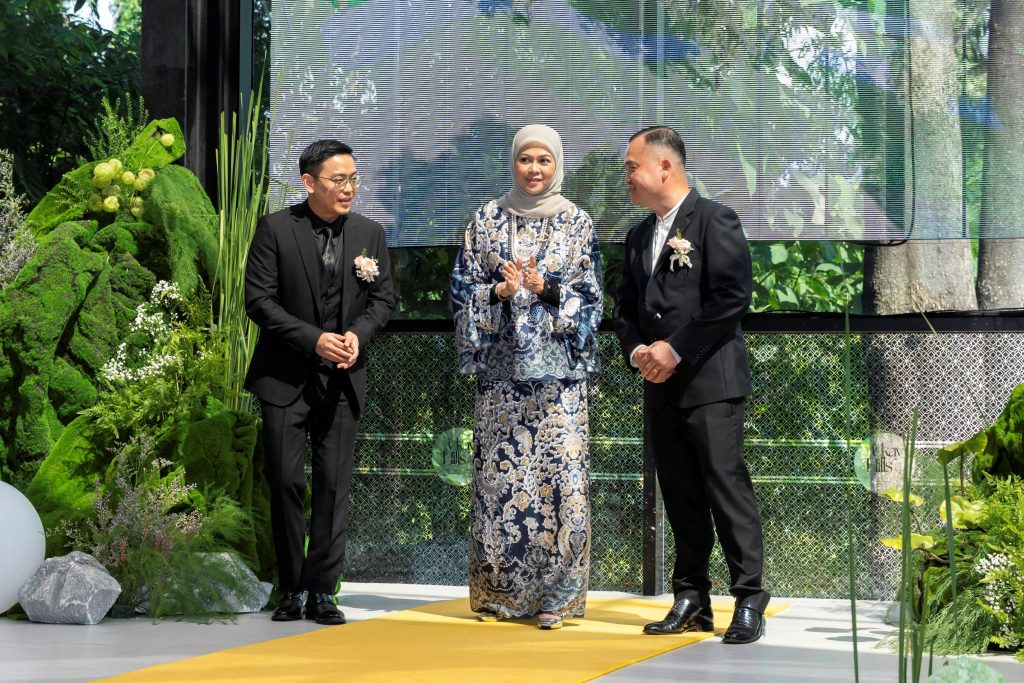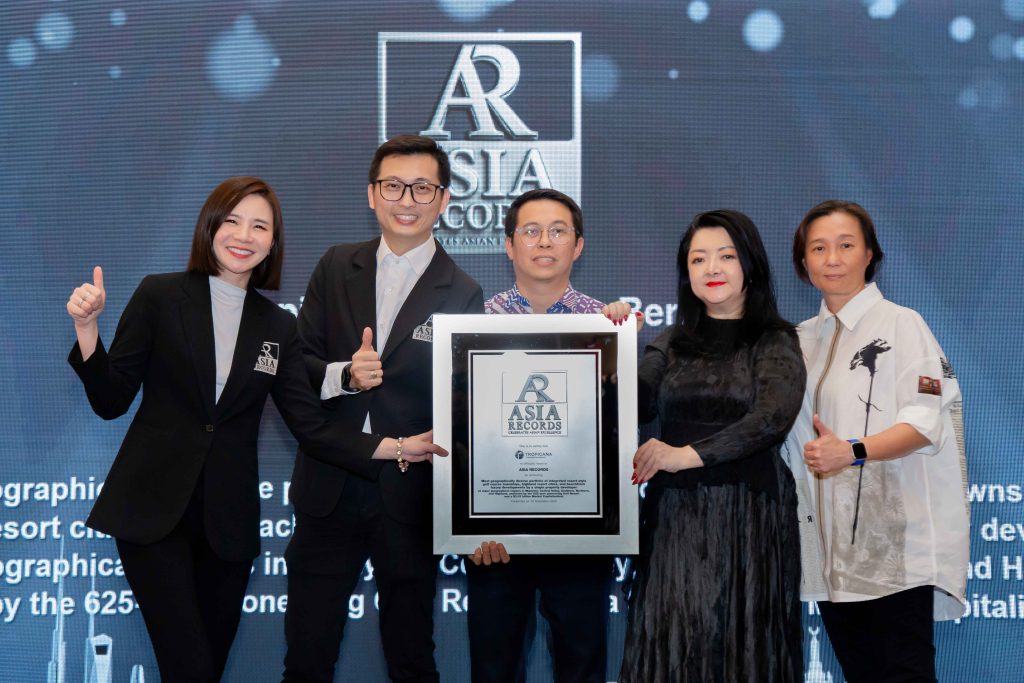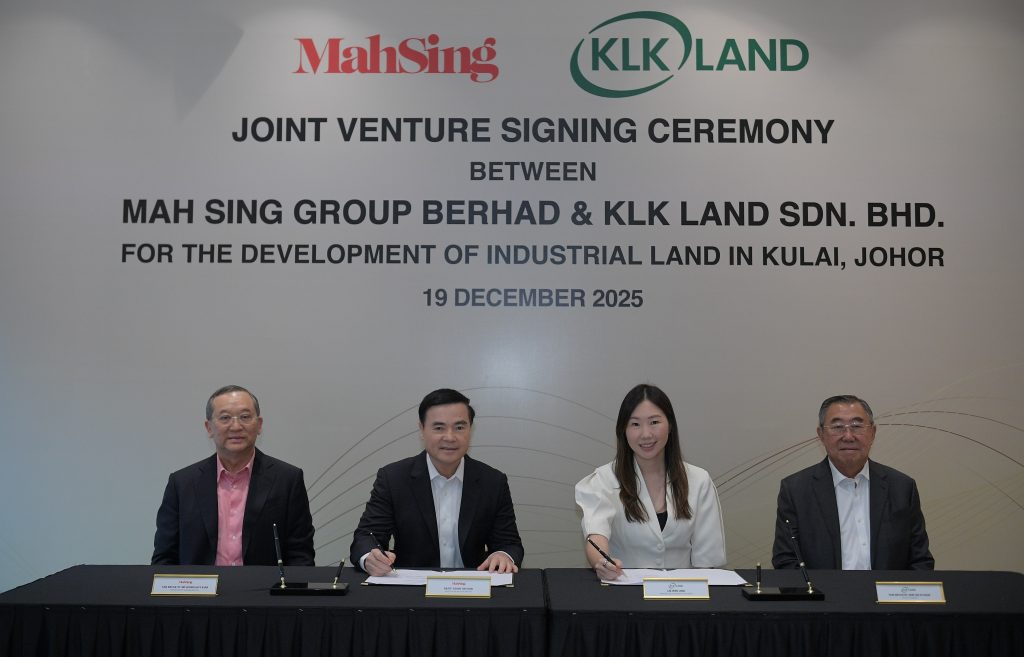Tearing down old building for redevelopment is not always the perfect solution
By Joseph Wong
Urban development in Malaysia has long been a focal point of government policy but with rapid urbanisation and the growing demand for modern infrastructure, the issue of how best to manage and revitalise cities has come under increasing scrutiny.
One of the key initiatives driving this conversation is Malaysia's proposed Urban Redevelopment Act (URA), a framework aimed at streamlining and facilitating the transformation of ageing urban areas.
However, when discussing urban redevelopment, the common assumption is that it means tearing down old buildings and replacing them with modern structures. While this approach may seem necessary in some cases, a closer look at the concepts of renovation, rejuvenation and adaptive reuse reveals a more sustainable alternative. Do we always need to demolish and rebuild or could revamping what already exists be a more resource-efficient and eco-friendly option?
The Urban Redevelopment Act (URA), as proposed by Housing and Local Government Minister Nga Kor Ming, is designed to facilitate the renewal of old and dilapidated urban areas. It provides legal and financial frameworks for developers, city planners and property owners to come together and transform these ageing areas into vibrant, modern spaces.
The proposed Act aims to address some of the challenges Malaysia faces with dilapidated buildings, such as structural integrity, safety and modern functionality while also aligning with the nation's goal of becoming a high-income, sustainable economy.
The URA is seemingly relevant in cities like Kuala Lumpur, Johor Bahru and Penang, where population growth and ageing infrastructure often go hand-in-hand. Old buildings, many of which were constructed during the mid-20th century, may no longer meet modern safety codes or provide the amenities expected in contemporary urban life. As cities grow, these old structures can pose significant risks and contribute to urban blight if left unaddressed.
Not without resistance
The proposed Act has sparked considerable debate, with strong opposition from the National House Buyers Association (HBA). One of the main concerns is that the redevelopment law may revive the controversial en-bloc strata sale proposal from over a decade ago, which was criticised for primarily benefiting developers seeking profit, rather than genuinely rejuvenating properties or providing advantages to homeowners.
HBA honorary secretary-general Datuk Chang Kim Loong emphasised that introducing a law for en-bloc sales without securing genuine consent from all owners could disrupt development projects, regardless of their strata status, and potentially lead to social unrest.
Other concerns include the consent thresholds proposed: 90% for buildings under 10 years old, 80% for those between 10 and 20 years old, and 75% for buildings over 20 years old. HBA argues that the threshold should be 100% to protect minority home owners. Furthermore, there is no guarantee that such redevelopment projects won't fail or be abandoned, especially given the substantial costs involved.
Does redevelopment have to be demolition?
Historically, urban redevelopment has been synonymous with demolition. The idea is to clear old structures to make room for new, more efficient and aesthetically appealing buildings. While this approach certainly has its merits - especially in cases where buildings are unsafe or beyond repair - demolition carries significant drawbacks.
First, the environmental impact of demolition cannot be ignored. Tearing down a building often results in a substantial amount of waste. In Malaysia, where waste management is a growing issue, the disposal of debris from demolished buildings contributes to landfills and carbon emissions. Moreover, the process of constructing a new building from scratch requires a large amount of energy and resources, from the extraction of raw materials to the transportation and assembly of building components.
Demolition also has a social and cultural impact. Many older buildings in Malaysia, particularly in cities like Penang and Melaka, carry historical significance. They are not just physical structures but representations of Malaysia’s cultural heritage. Losing these buildings to demolition would erase an important part of the country’s history.
Instead of demolishing and replacing old buildings, renovation and rejuvenation offer a more sustainable way to breathe new life into Malaysia’s urban spaces. By upgrading the interiors, improving safety measures and modernising utilities, older buildings can be transformed to meet current needs without the need for complete destruction. This approach not only preserves the historical and cultural fabric of the community but also significantly reduces material waste.
Renovation focuses on enhancing the existing structure while retaining its core. This may involve upgrading electrical systems, reinforcing structural integrity or retrofitting buildings with energy-efficient technologies such as solar panels or green roofs. Such upgrades can make buildings safer, more energy-efficient, and better equipped to serve modern needs while maintaining the original character of the structure.
Rejuvenation, on the other hand, involves more extensive updates that enhance the usability and aesthetic of an area. This could include converting old office buildings into residential spaces, turning abandoned factories into cultural hubs, or transforming ageing shopping malls into mixed-use developments. By doing so, entire neighbourhoods can be revitalised without the need for large-scale demolition, helping cities evolve in a more sustainable way.
Adaptive reuse: Reimagining old spaces
Adaptive reuse goes a step further by completely rethinking the purpose of a building. Instead of simply updating its current use, adaptive reuse transforms buildings for entirely new functions. For example, an old warehouse could be turned into a trendy office space or a historic school into a boutique hotel. This method not only preserves the original structure but also breathes new life into buildings that may otherwise be underutilised.
One example of adaptive reuse in Malaysia is the transformation of The Zhongshan Building in Kampung Attap, Kuala Lumpur. Once a row of dilapidated shophouses, the building was revived and is now a vibrant cultural and creative hub, home to art galleries, bookshops, and independent businesses. This project shows how, with vision and creativity, old spaces can be adapted for modern use without losing their historical and architectural essence.
As Malaysia moves towards enacting the Urban Redevelopment Act, there is a strong case for ensuring that it promotes a balance between demolition, renovation, and adaptive reuse. While redevelopment may sometimes require the complete removal of unsafe or unusable buildings, the act should prioritise sustainable alternatives wherever possible. This includes incentives for developers who choose renovation or adaptive reuse over demolition, as well as regulations that encourage the conservation of buildings with cultural or historical value.
Furthermore, the act could align with Malaysia’s broader environmental and economic goals, particularly its commitment to reducing carbon emissions and promoting sustainable development under the 12th Malaysia Plan. By reducing the need for new construction and utilising existing resources more efficiently, renovation and adaptive reuse can help minimise the environmental impact of urban development.
Striking a balance
Ultimately, the future of urban redevelopment in Malaysia hinges on finding a balance between modernization and preservation. While there are cases where demolition and new construction are necessary, the focus should shift toward more sustainable and creative solutions. Renovation, rejuvenation, and adaptive reuse offer pathways to modernise Malaysia’s urban spaces without the high environmental cost associated with traditional redevelopment.
As Malaysia continues to grow and urbanise, the choices made under the Urban Redevelopment Act will shape the country's cities for generations to come. By promoting a mix of strategies - ranging from preservation to innovation - Malaysia can ensure that its urban landscape remains vibrant, sustainable, and culturally rich.
With certainty, urban redevelopment does not have to mean tearing down what already exists. With thoughtful planning and an emphasis on sustainability, Malaysia’s cities can grow in ways that honour the past, serve the present and prepare for the future. While the Urban Redevelopment Act was proposed with good intentions, the country has the opportunity to redefine what redevelopment truly means - turning it into a process of rejuvenation, preservation and growth for all.
Stay ahead of the crowd and enjoy fresh insights on real estate, property development, and lifestyle trends when you subscribe to our newsletter and follow us on social media.

